XRF Test Results of Blue Danube China (by Lipper) c. 1977-2000 (identified by back mark)
March 19, 2023 – Sunday
XRF Test Results For the Dish Pictured
Sent in by a Lead Safe Mama Reader (from Tennessee) for Testing
Full test results for these dishes are below. It is quite common for blue and white patterned china from Asia (either Japan or China) to test negative for Lead (or to test positive, but within the “safe by all standards” range – of below 90 ppm Lead.) This is more often the case with china that is made in Japan for the Japanese market (china specifically without the words “Made in Japan” or “Japan” in English integrated into the back mark) but it also is occasionally the case for pieces like this that have these words on the back and were therefore specifically made for the American market (made expressly for export.) Most Asian china made for export tests positive for either high levels of Lead and/or high levels of Cadmium.
These dishes do test positive for Cobalt – which can be a metal of concern – however given the high-fire (mass manufactured) nature of these pieces the Cobalt content is not likely to have any health impacts in this context / at the levels found. If you personally have had a metals panel test (Blood, Urine or Hair testing) and if your test showed an unsafe or unusual level of Cobalt, it is probably a good idea to avoid using any dishware (or other kitchenware / pots / pans, etc.) with blue or purple glazes or finishes for food use purposes (especially for use with hot or acidic foods or beverages.)
Some additional reading:
- To read more about the concern for Lead in pottery and china, click here.
- For the menu to the website (to look through different categories of items tested by Lead Safe Mama, LLC) – click here.
- To see XRF test results for more pieces “Made in Japan” that we have tested, click here.
- To learn more about sending in an item from your home for testing by Lead Safe Mama, LLC – click here.
Color-Code Key to XRF Readings Below
Metals noted in RED are considered toxic heavy metals in most applications.
Metals noted in BLUE are not considered toxic in this application.
Metals noted in GRAY were not found to be present (with the low threshold of detection for the XRF instrument normally falling in the single or double digit ppm for most metals.)
Reading #1) Center Of Food Surface of Dish
60-second test (repeated multiple times to confirm results)
- Lead (Pb): non-detect
- Cadmium (Cd): 7 +/- 4 ppm
- Tin (Sn): non-detect
- Mercury (Hg): non-detect
- Selenium (Se): non-detect
- Barium (Ba): 106 +/- 27 ppm
- Chromium (Cr): non-detect
- Antimony (Sb): non-detect
- Copper (Cu): non-detect
- Zinc (Zn): 2,085 +/- 73 ppm
- Zirconium (Zr): non-detect
- Iron (Fe): 2,708 +/- 170 ppm
- Vanadium (V): non-detect
- Indium (In): 10 +/- 6 ppm
- Platinum (Pt): 90 +/- 34 ppm
- Cobalt (Co): 1,623 +/- 110 ppm
- Bismuth (Bi): 27 +/- 9 ppm
- No other metals detected in consumer goods mode.
Reading #2) White Area with no Blue (outside of dish)
60-second test (repeated multiple times to confirm results)
- Lead (Pb): non-detect
- Cadmium (Cd): 8 +/- 4 ppm
- Tin (Sn): non-detect
- Mercury (Hg): non-detect
- Selenium (Se): non-detect
- Barium (Ba): non-detect
- Chromium (Cr): non-detect
- Antimony (Sb): non-detect
- Copper (Cu): non-detect
- Zinc (Zn): 1,859 +/- 66 ppm
- Zirconium (Zr): non-detect
- Indium (In): 13 +/- 6 ppm
- Iron (Fe): 2,777 +/- 169 ppm
- Vanadium (V): non-detect
- Platinum (Pt): 67 +/- 32 ppm
- Cobalt (Co): non-detect
- Bismuth (Bi): 29 +/- 8 ppm
- No other metals detected in consumer goods mode.
Reading #3) Back Mark on the Bottom of the Dish (Logo Area)
60-second test (repeated multiple times to confirm results)
- Lead (Pb): non-detect
- Cadmium (Cd): 8 +/- 4 ppm
- Tin (Sn): non-detect
- Mercury (Hg): non-detect
- Selenium (Se): non-detect
- Barium (Ba): 59 +/- 26 ppm
- Chromium (Cr): non-detect
- Antimony (Sb): non-detect
- Copper (Cu): non-detect
- Zinc (Zn): 2,230 +/- 75 ppm
- Zirconium (Zr): non-detect
- Indium (In): 11 +/- 6 ppm
- Iron (Fe): 2,832 +/- 171 ppm
- Vanadium (V): non-detect
- Platinum (Pt): 55 +/- 33 ppm
- Cobalt (Co): 863 +/- 87 ppm
- Bismuth (Bi): 26 +/- 8 ppm
- No other metals detected in consumer goods mode.
In Conclusion
The dishes tested for this particular post are 100% safe by all standards, however if you have vintage china that may have high-Lead glaze (you can look them up on this link or by putting the brand name into the search bar at the top of any page of this website) and have been using them as your every day dishes you may want to consider asking your doctor about getting a Blood Lead Level (BLL) test to rule out any potential exposure. Here’s a link with more information about BLL testing. Given BLL testing tends to show immediate recent exposure (there is a 30 to 45 day half-life of Lead in the blood), if you are concerned more about long-term exposure ask your doctor about the possibility of getting a hair test or a urine test. Here’s a link with more information about those types of testing. If you are looking for examples of Lead-free (& Cadmium-free) dishes to use as alternatives, please check out this link.
For those new to this website:
Tamara Rubin is a Federal-award-winning independent advocate for consumer goods safety and childhood Lead-poisoning prevention and a documentary filmmaker. She is also a mother of Lead-poisoned children, her sons were acutely Lead-poisoned in 2005. Since 2009 Tamara has been using XRF technology (a scientific method used by the U.S. Consumer Product Safety Commission) to test consumer goods for toxicants (specifically heavy metals), including Lead, Cadmium, Mercury, Antimony, and Arsenic. All consumer goods test results reported on this website are science-based, accurate, and replicable. Items are tested multiple times, to confirm the test results for each component tested. Tamara’s work was featured in Consumer Reports Magazine in February of 2023.
Never Miss an Important Article Again!
Join our Email List








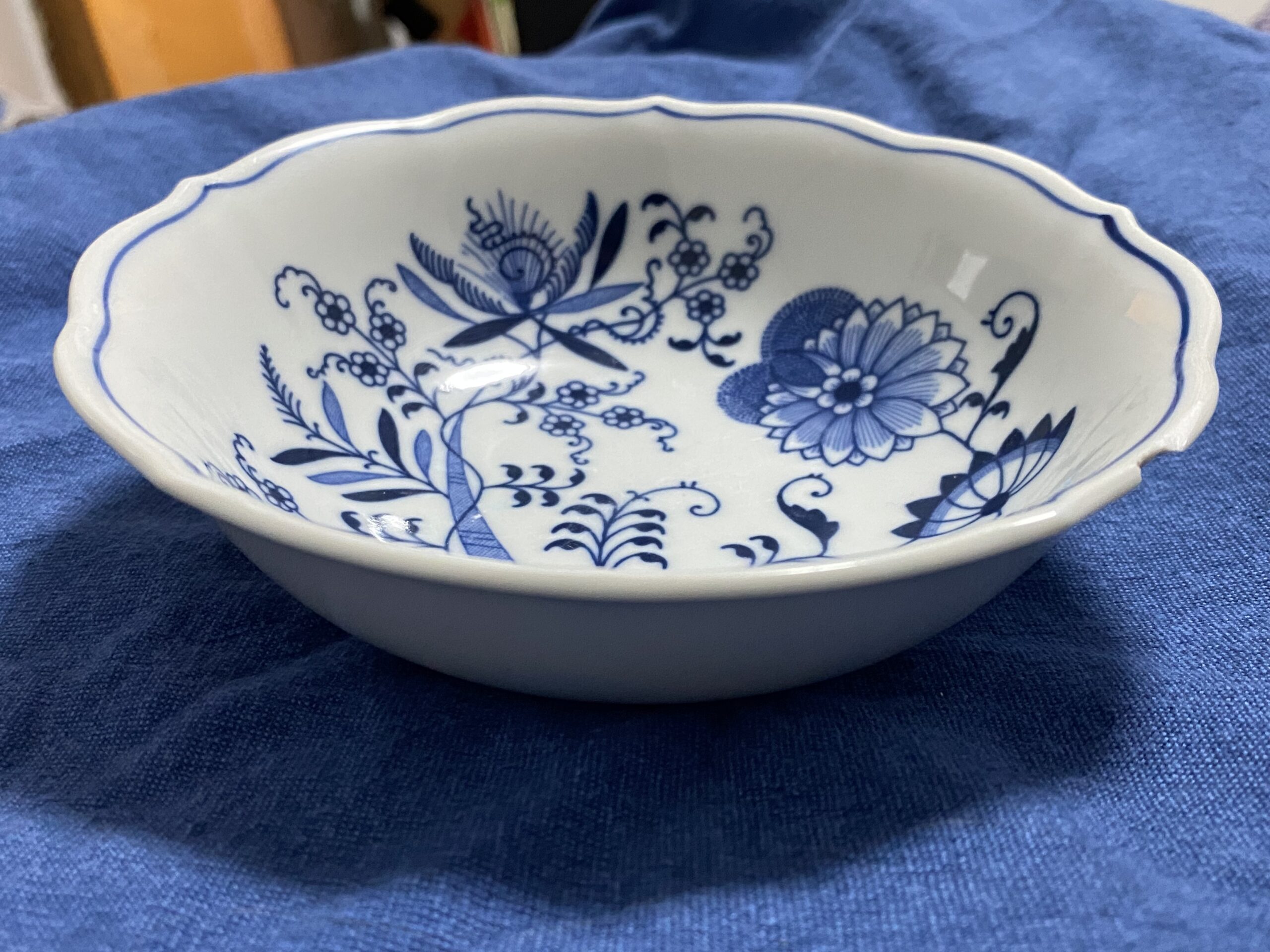
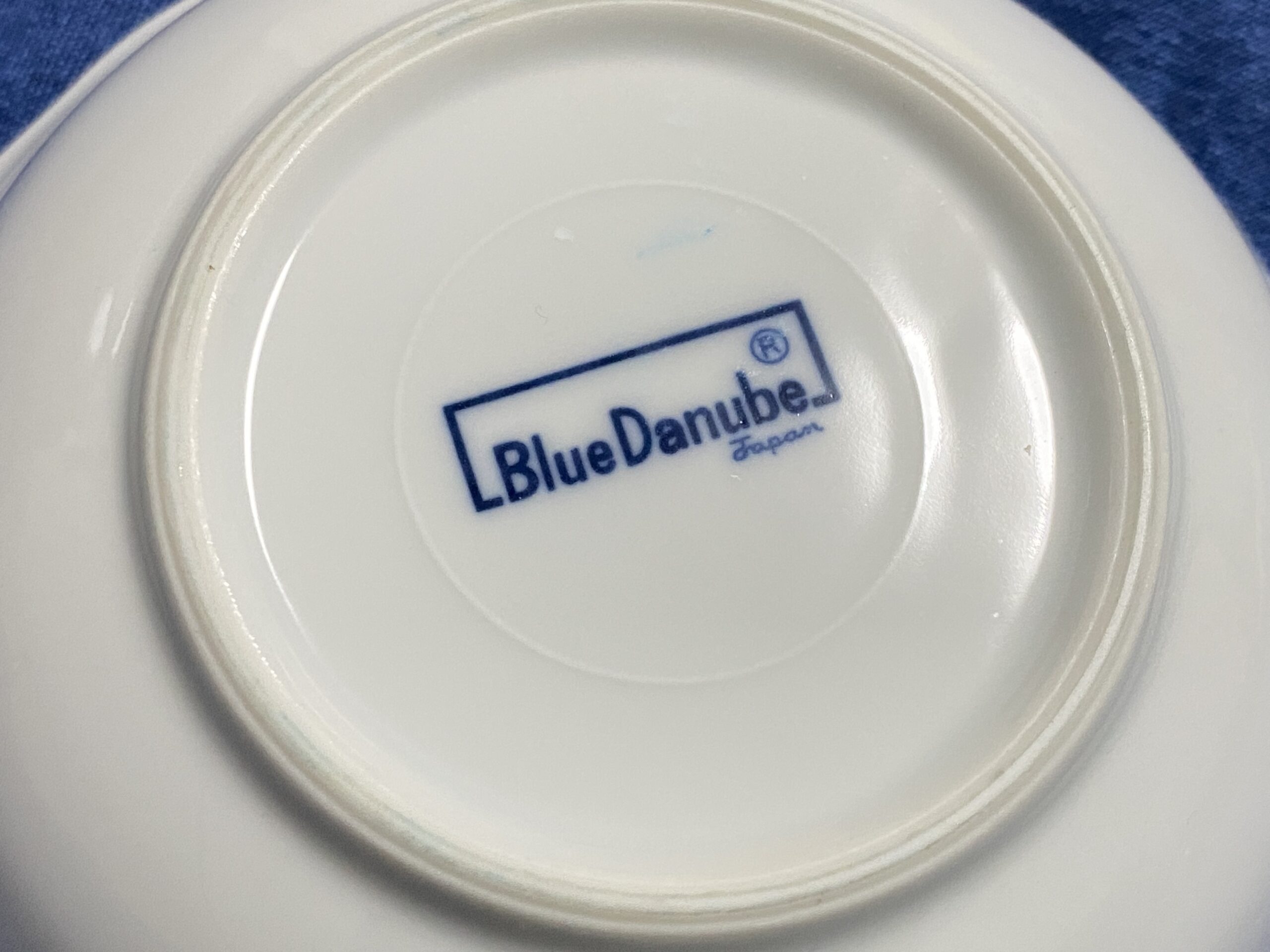
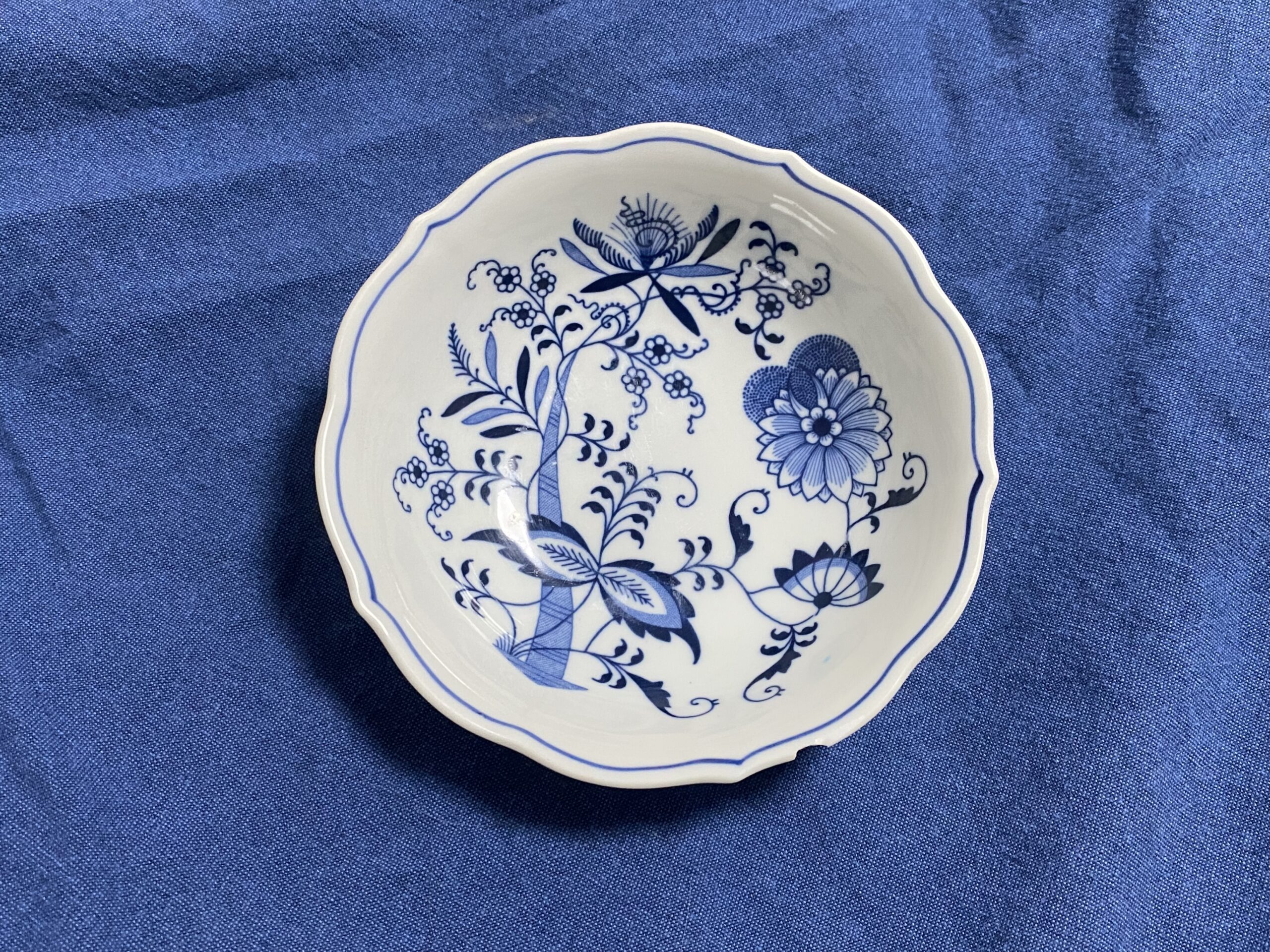
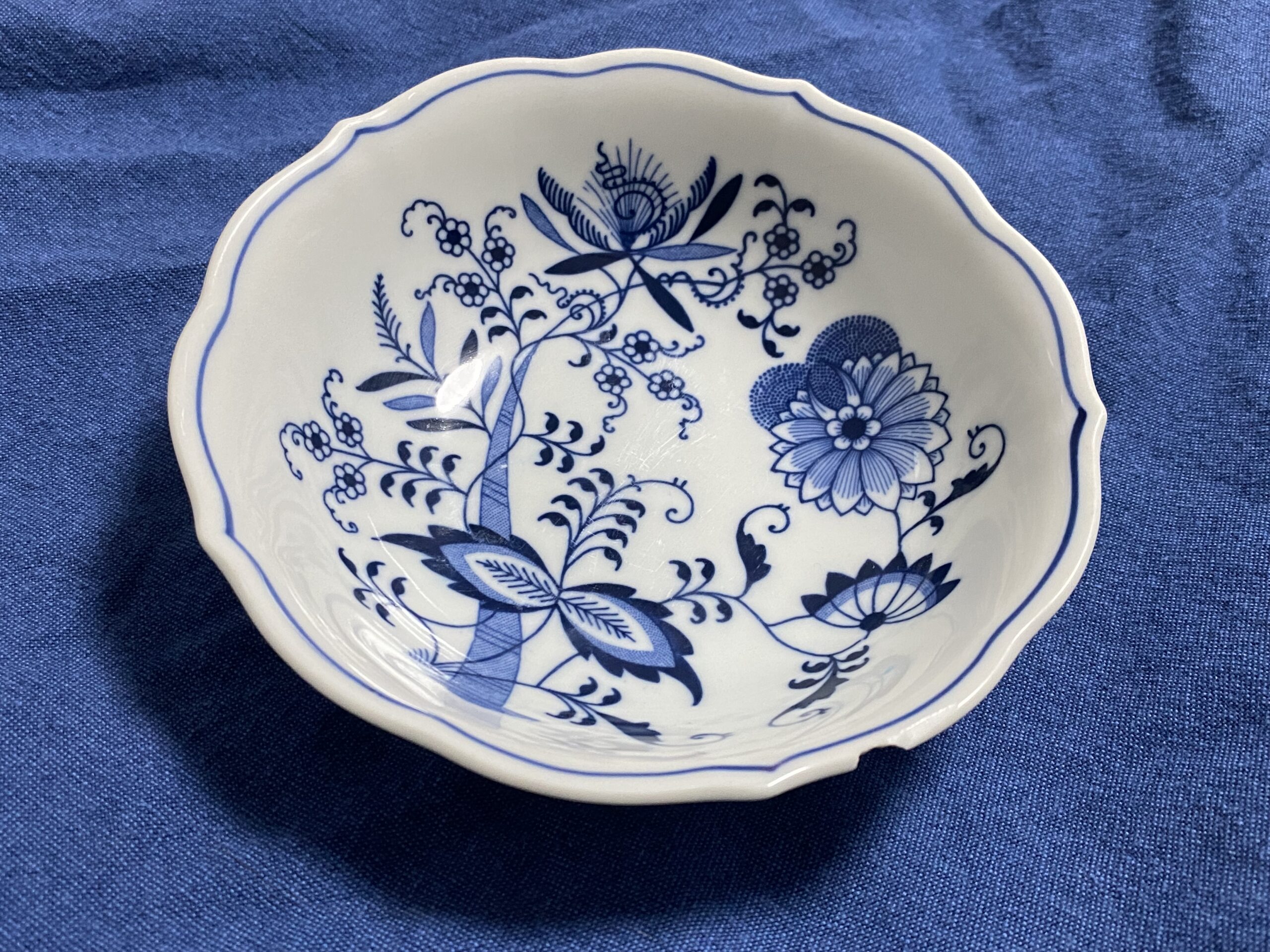
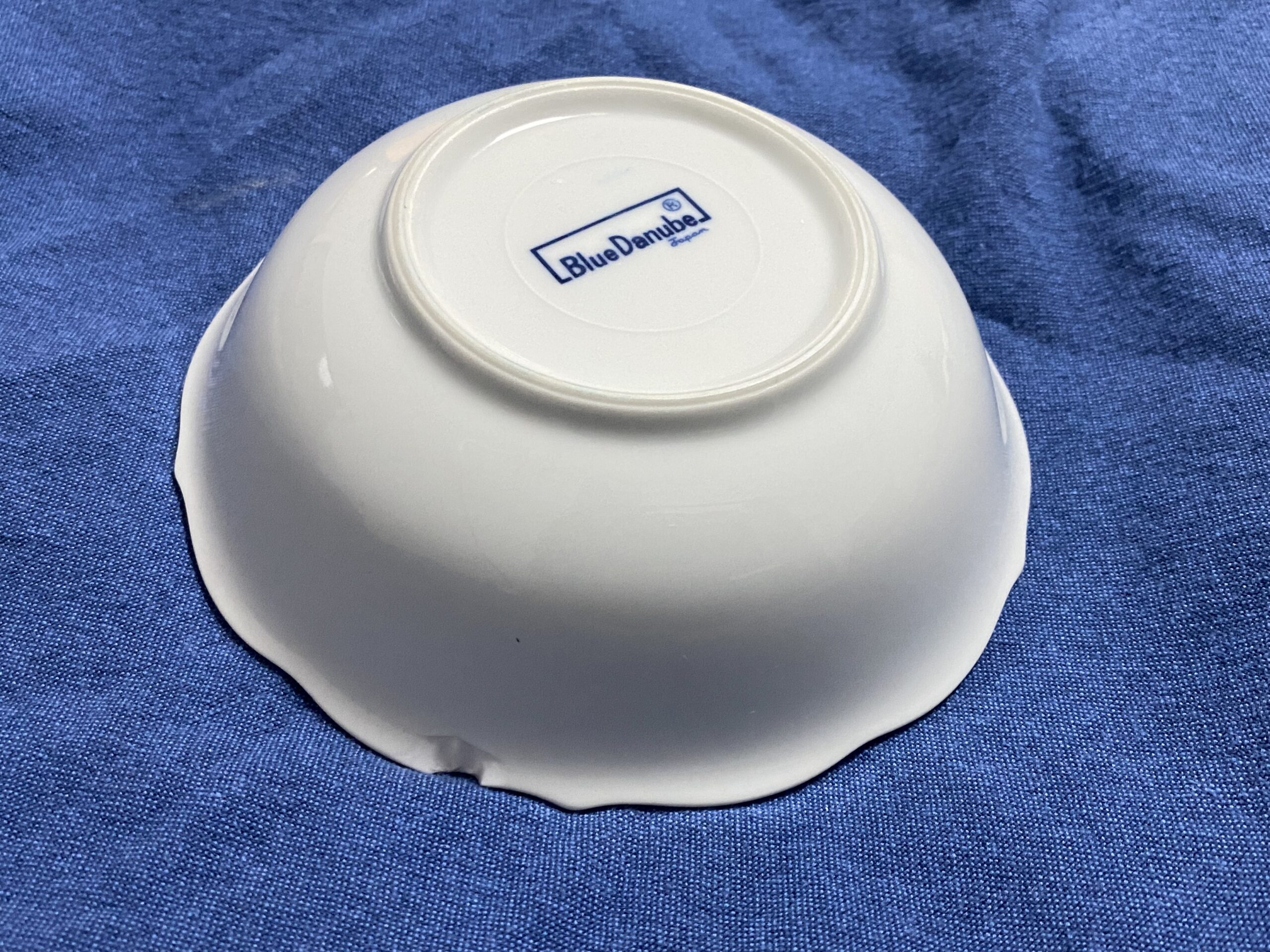

This is good news. I received these dishes in 1984 for a wedding gift. I haven’t used them in years. I think I’ll start using them again.
Yay!
Thank you so much
Thanks, Tamara, for testing my bowl. After I sent you the bowl, I was able to get in touch with the TN Dept. of Environment and Conservation and they provided me a Certified Inspector list for TN’s Lead Based Abatement Program. The inspector’s XRF could only test for lead so your results are more thorough. I was happy to find out that all time periods for this pattern (ranging from 1951-2010) tested negative for lead, as I brought him one piece from each of the three manufacturing time periods. Appreciate all that you do!
Hi Tamara, Thank you so much for all you do. It is a true gift in this overwhelming at times world.
I was handed down Blue Danube (made in Japan printed in English lettering) plates and mugs from my grandmother. I am unsure when exactly she acquired the dishes. My mom was born in 1953, so I do not believe it would have been before 1950. I recently spent money to replace a couple of broken ones on replacements.com because I did not know of the potential toxins in many products at until very recently. 🙁 Do you have any further opinions on if these are likely to contain unsafe levels of any materials?
Looks like this might actually be one of the better companies (from a toxicity concern!)
T
Thank you for this site Mama!!! Good news for me as I have almost all of the pieces of Blue Danube except the very few I don’t like. Think the only one I want but don’t have is the pumpkin. Had minimal 4-piece settings since ’70s then internet/eBay happened and went crazy.